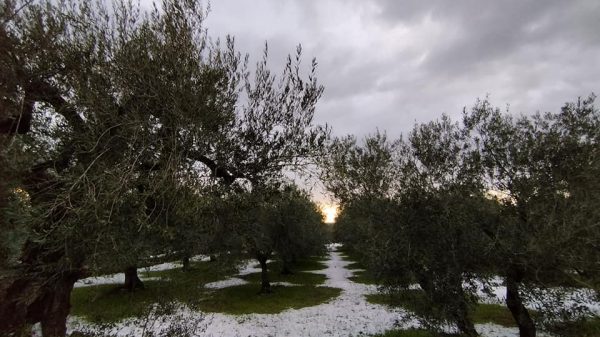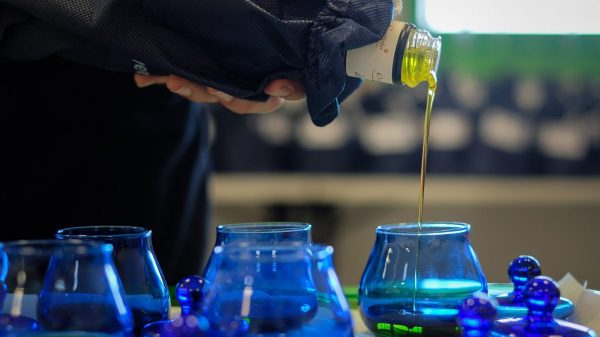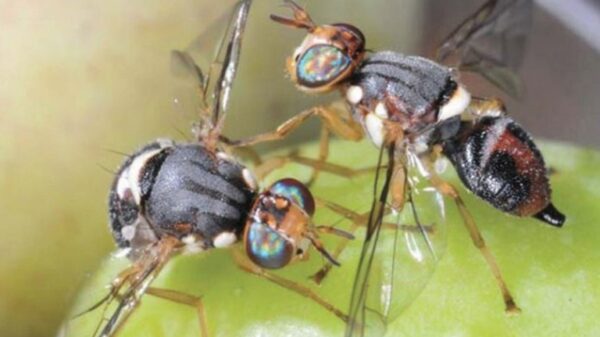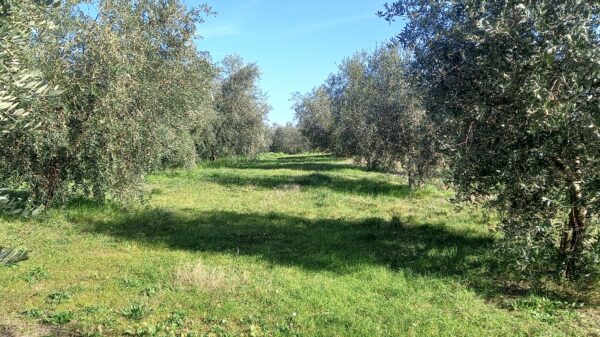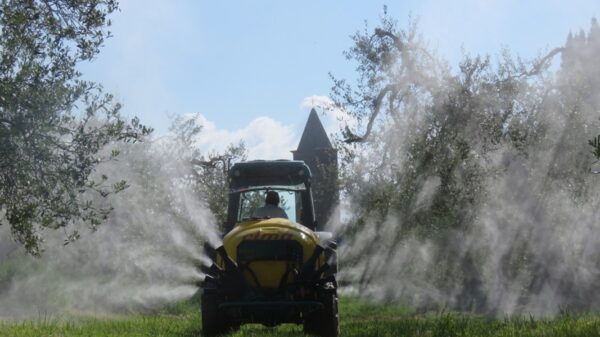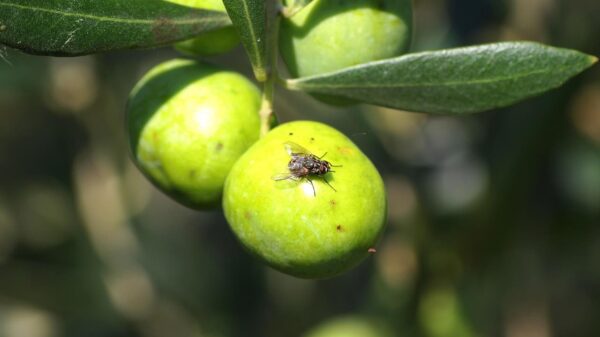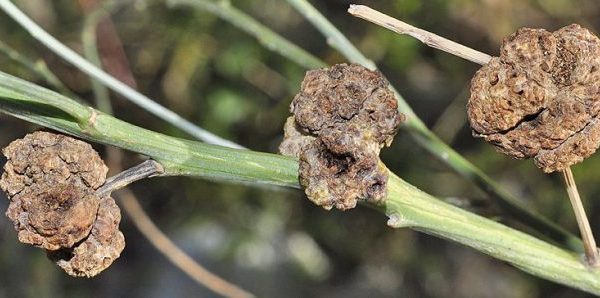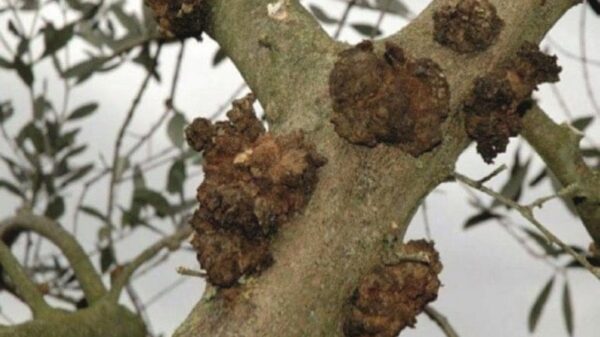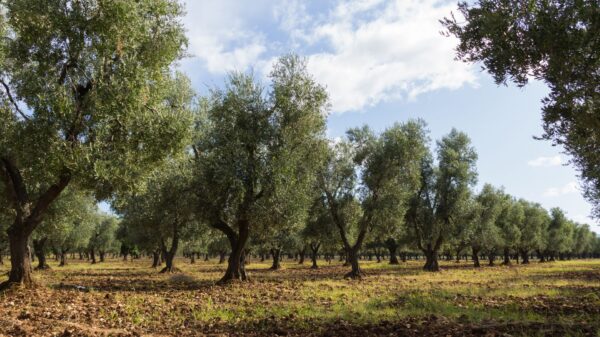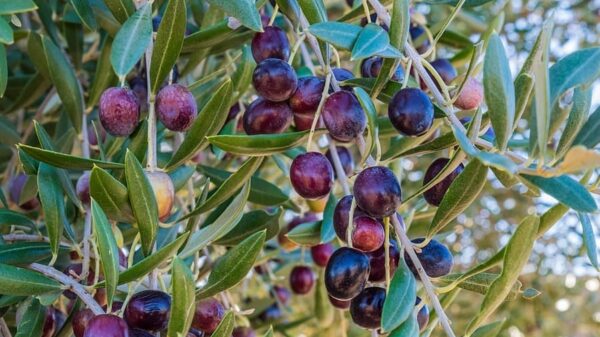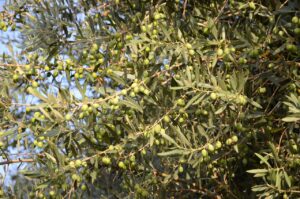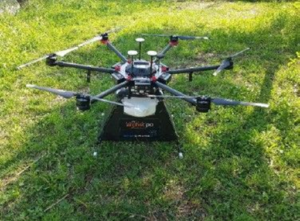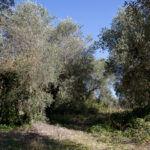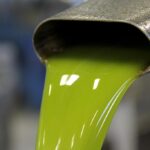Among the fertilization techniques there is the green manure, which it is able to bring to the land nitrogen in ammonia form e vegetable organic substance. Green manure consists of sowing one or more herbaceous plants which, once they reach the flowering stage, are buried.
In this practice, legumes are mainly used - such as the field bean, the lupine, the vetch, the fodder pea – consider nitrogen-fixing plants because they can be colonized by bacteria that extract nitrogen from the air and convert it into a form necessary for their growth. The legume family, in fact, has the possibility of establishing a symbiosis with the Rhizobia, of the bacteria present in the soil of the genus Rhizobium, which, developing on root hairs, can penetrate them. Once inside Rhizobia colonize the root tissues, forming nodules or tubercles, where they change and become bacteroids. The plant nourishes the bacteroids and they, thanks to the action of the nitrogenase enzyme, they take in atmospheric nitrogen and making it available to the plant that hosts them in a complex release system of ammonium and nitrate ions.
I nodules that form in the root of legumes are given by enlarged cells containing accumulations of starches and proteins and it is possible to dissect them and verify, even visually, whether nitrogen fixation takes place inside them. Once the nodule is cut in half, the two surfaces are observed: if reddish spots appear, it is the sign that nitrogen fixation is taking place; if it is white or green, fixation does not occur, even if bacteroids are present; even if the color is gray or brown, nitrogen fixation does not occur but, in this case, a degradation process of the tubercle could be underway.
Le sowing of green manure legumes can be carried out in autumn, with cutting and planting in April, or with sowing at the end of winter, with landfills in May/June.
Sowing along the rows of olive groves is carried out by broadcasting, manually if of modest dimensions or with the aid of a fertilizer spreader for larger surfaces. The quantities of seed to be used are between 80 and 100 kg/ha.
The seeds must be buried with a very superficial workmanship; where there is grass cover, a harrow is suitable as it does not uproot the turf, thus facilitating germination and preventing damage from the removal of seeds by birds or other animals. The birth of the seedlings will be quicker if you manage to spread the seeds before a rain or when the soil has a good supply of humidity.
With autumn green manures the sowing, possibly carried out with plants that resist the cold, such as field beans or vetch, can be done from October to the beginning of November. In the spring green manurei, sowing can be carried out from mid-February to mid-March, possibly using broad bean or industrial peas. It should be remembered that, to develop, these plants need water and mild temperature.
Il best time to implement green manure, cutting and planting, is when the pre-flowering or flowering phase is reached. The fixation of atmospheric nitrogen, in fact, is not constant, but increases until it reaches the maximum at the beginning of the flowering phase and decreases rapidly immediately afterwards. Before incorporating the plants into the ground, they must first be mowed, preferably chopped with a pruning shredder, so as to favor their more rapid degradation, as well as making work easier and having greater uniformity of distribution of organic substance in the soil.
After cutting or shredding it is good, before planting, let the mowed or chopped items dry for one or two days, then it is possible to proceed using a subsoiler, if the olive grove is grassed, or with a cutter, if on bare ground. In both cases, the processing must not exceed pdepth of 8-12 cm. In this layer, in fact, there is already sufficient oxygen for the decomposition of the grassy mass. In grassy land after subsoiling, light rolling should be performed.
With the burial, in case of necessity, Phosphatic and potassium fertilizers can be added. With a good green manure of field bean, or vetch, or broad bean, or sainfoin, or forage peas it is possible to add to the soil approximately 180-200 nitrogen fertilizer units per hectare. It should be considered, however, that not all of this nitrogen will be available because a part of it in ammonia form may be converted into gaseous form and dispersed through volatilisation.
Another important consideration is the improvement that green manure brings to the structure of the soil with the buried organic substance.
AIPO Director
Interregional Association
Olive producers
Browse for free l'Olivo News click , here

